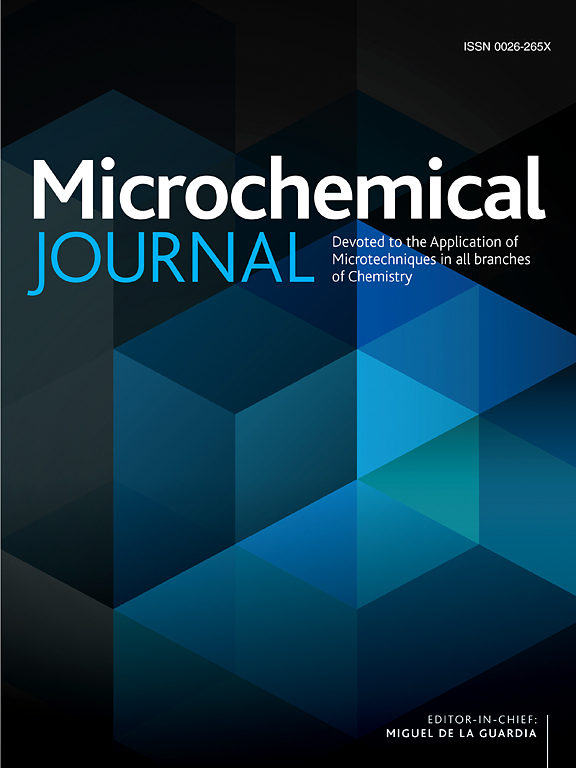Harnessing the potential of sniffing dogs and GC–MS in analyzing human urine: A comprehensive review of sample preparation and extraction techniques
IF 4.9
2区 化学
Q1 CHEMISTRY, ANALYTICAL
引用次数: 0
Abstract
Pathologies such as cancers or infectious diseases can induce modifications in the concentrations of urinary volatile metabolites. Indeed, urine is a large source of Volatile Organic Compounds (VOCs) from the human body. Canine olfaction and Gas Chromatography coupled to Mass Spectrometry (GC–MS) systems are promising tools for the development of non-invasive diagnosis methods based on the analysis of urine. This review paper aims to provide an overview of materials and methods found in the literature for urinary VOCs analysis by detection dogs and GC–MS instruments. It highlights the impact of urine collection procedures and storage conditions. Then, sample preparation protocols for canine olfaction are discussed, as well as for GC–MS analysis, focusing on headspace-based extraction techniques. In the case of instrumental analysis, a significant variability of volatile profiles can be observed depending on the sample preparation (urine pH, extraction methods), and analytical parameters. Lastly, limitations of urinary VOCs analysis for medical diagnosis purposes are considered.

利用嗅探犬和气相色谱-质谱仪分析人体尿液的潜力:全面回顾样品制备和提取技术
癌症或传染病等病症会导致尿液中挥发性代谢物的浓度发生变化。事实上,尿液是人体挥发性有机化合物 (VOC) 的一个重要来源。犬类嗅觉和气相色谱-质谱联用(GC-MS)系统是开发基于尿液分析的无创诊断方法的理想工具。本综述论文旨在概述文献中发现的通过检测犬和气相色谱-质谱仪分析尿液中挥发性有机化合物的材料和方法。它强调了尿液收集程序和储存条件的影响。然后讨论了犬嗅觉和气相色谱-质谱分析的样品制备方案,重点是基于头顶空间的萃取技术。在仪器分析中,根据样品制备(尿液 pH 值、萃取方法)和分析参数的不同,可以观察到挥发性物质的特征存在很大差异。最后,还考虑了用于医学诊断的尿液挥发性有机化合物分析的局限性。
本文章由计算机程序翻译,如有差异,请以英文原文为准。
求助全文
约1分钟内获得全文
求助全文
来源期刊

Microchemical Journal
化学-分析化学
CiteScore
8.70
自引率
8.30%
发文量
1131
审稿时长
1.9 months
期刊介绍:
The Microchemical Journal is a peer reviewed journal devoted to all aspects and phases of analytical chemistry and chemical analysis. The Microchemical Journal publishes articles which are at the forefront of modern analytical chemistry and cover innovations in the techniques to the finest possible limits. This includes fundamental aspects, instrumentation, new developments, innovative and novel methods and applications including environmental and clinical field.
Traditional classical analytical methods such as spectrophotometry and titrimetry as well as established instrumentation methods such as flame and graphite furnace atomic absorption spectrometry, gas chromatography, and modified glassy or carbon electrode electrochemical methods will be considered, provided they show significant improvements and novelty compared to the established methods.
 求助内容:
求助内容: 应助结果提醒方式:
应助结果提醒方式:


